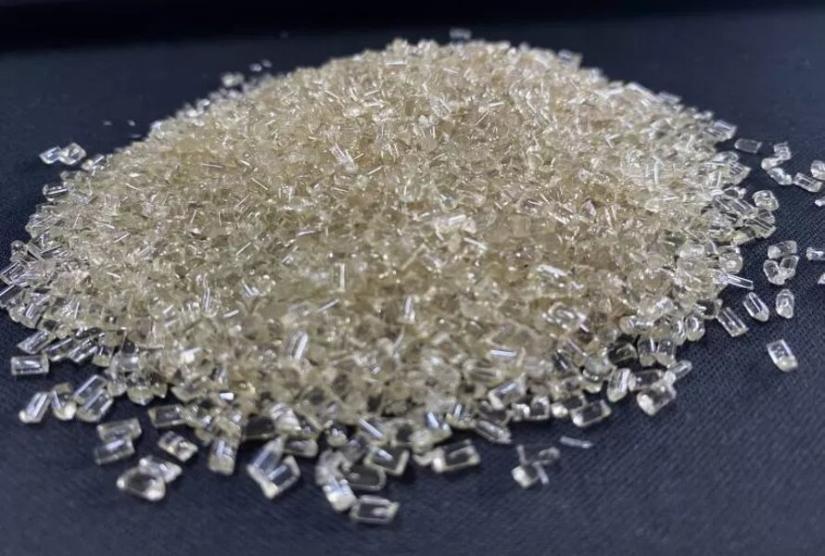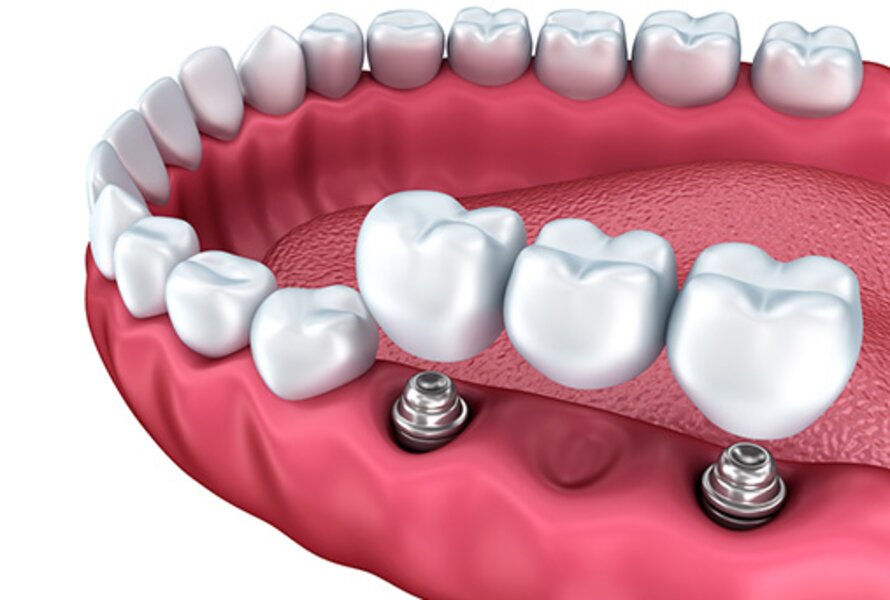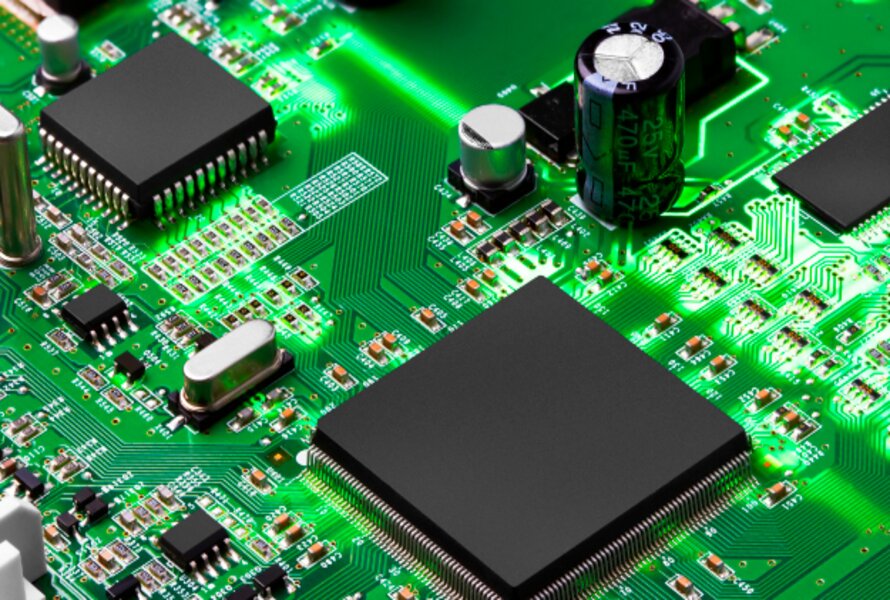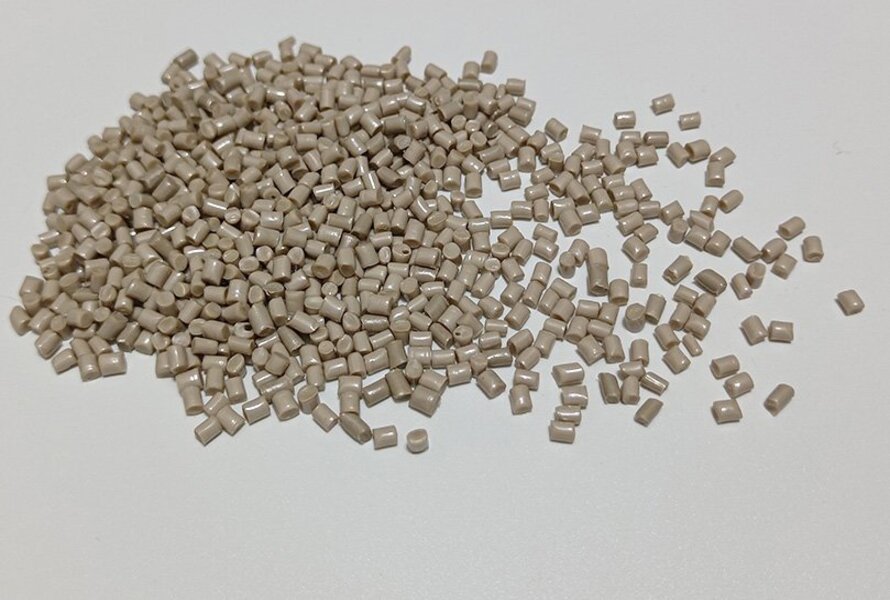1. Nhựa Hiệu Suất Cao Là Gì và Chúng Được Phân Loại Như Thế Nào?
Nhựa hiệu suất cao là các polymer có đặc tính và hiệu suất vượt trội so với nhựa thông thường. Tổ chức Tiêu chuẩn hóa Quốc tế (ISO) định nghĩa nhựa chuyên dụng là "nhựa đáp ứng các yêu cầu cao hơn nhựa tiêu chuẩn hoặc nhựa kỹ thuật có khả năng chịu nhiệt tốt hơn (thường trên 150 °C), khả năng chống hóa học (chống lại hầu hết các hóa chất), tính chất cơ học (ví dụ như khả năng chống chẻ), hoặc tính chất điện (ví dụ như điện môi)".
Các loại nhựa chuyên dụng cần được phân loại rõ ràng vì các nguồn khác nhau có thể sử dụng các thuật ngữ hoặc tiêu chí khác nhau. Tuy nhiên, các kỹ sư đã phát triển một hệ thống phân loại tiêu chuẩn cho các polyme hiệu suất cao dựa trên khả năng chịu nhiệt hoặc nhiệt độ của chúng. Hệ thống phân loại này chia các polyme hiệu suất cao thành ba loại chính:
Nhựa Hiệu Suất Cao Chuẩn:
Nhựa này có nhiệt độ sử dụng liên tục (CST) trên 150 °C nhưng dưới 200 °C. Polyphenylene sulfide (PPS), polyetherimide (PEI), polyethersulfone (PES), polyetheretherketone (PEEK), polyimide (PI), và các loại khác là một số ví dụ về nhựa chuyên dụng thông thường.
Nhựa Hiệu Suất Cao Nâng Cao:
CST cho các loại nhựa này là trên 200 °C nhưng dưới 300 °C. Polybenzimidazole (PBI), polyetherketoneketone (PEKK), polyetherketone (PEK), polyaryletherketone (PAEK), và các loại khác là ví dụ về nhựa chuyên dụng nâng cao.
Nhựa Hiệu Suất Cao Tuyệt Vời:
CST của các loại nhựa này là trên 300 °C. Polytetrafluoroethylene (PTFE), fluorinated ethylene propylene (FEP), perfluoroalkoxy alkanes (PFA), và các loại khác là một số ví dụ về nhựa chuyên dụng tuyệt vời.
Một cách khác để phân loại nhựa chuyên dụng là dựa trên cấu trúc hóa học hoặc thành phần của chúng. Theo hệ thống phân loại này, có bốn nhóm chính của nhựa chuyên dụng:
Fluoropolymers:
Đây là các polymer có nguyên tử flo được tích hợp vào phân tử của chúng. Do flo có tính điện âm mạnh nên fluoropolymers có khả năng chống hóa học, ổn định nhiệt và ma sát tuyệt vời. PTFE, FEP, PFA và các loại fluoropolymer khác là những ví dụ.
Polyimides:
Các nhóm imide (C=O-NH-C=O) có trong cấu trúc phân tử của các polymer này. Các nhóm imide có độ ổn định cao và chịu được bức xạ, hóa chất và nhiệt. Polyimides bao gồm các chất như PI, PBI, v.v.
Polyaryletherketones:
Cấu trúc hóa học của các polymer này bao gồm các nhóm aryl ether (C-O-C) và nhóm ketone (C=O). Polyaryletherketone có độ bền, độ cứng và độ ổn định nhiệt cao nhờ các nhóm aryl ether và ketone của chúng. PEEK, PEKK, PEK, PAEK và các polyaryletherketone khác là một số ví dụ.
Polyphenylene Sulfides:
Cấu trúc hóa học của các polymer này bao gồm các nhóm sulfide (S) và phenylene (C6H4). Nhờ các nhóm phenylene và sulfide, polyphenylene sulfide có độ bền, độ cứng và khả năng chống hóa học cao. PPS, v.v. là một số ví dụ về polyphenylene sulfide.

Nhựa hiệu suất cao là các polymer có đặc tính và hiệu suất vượt trội so với nhựa thông thường
2. Một Số Ví dụ Về Nhựa Hiệu Suất Cao và Tính Chất của Chúng
Có rất nhiều loại nhựa chuyên dụng hiện có trên thị trường, mỗi loại có những đặc tính và đặc điểm riêng. Dưới đây là một số ví dụ về nhựa chuyên dụng và đặc tính của chúng:
| Chữ viết tắt | CST (°C) | Mật độ (g/cm³) | Độ bền kéo (MPa) | Độ giãn dài khi đứt (%) | Modulus uốn (GPa) | Độ bền va đập (kJ/m²) |
| PPS | 200 | 1.35 | 75 | 2.5 | 3.8 | 15 |
| PEI | 170 | 1.27 | 100 | 60 | 3.2 | 50 |
| PES | 180 | 1.37 | 85 | 50 | 2.8 | 35 |
| PEEK | 260 | 1.31 | 100 | 30 | 4.0 | 7 |
| PI | 260 | 1.42 | 90 | 6.0 | 3.0 | 35 |
| PBI | 400 | 1.31 | 110 | 2.5 | - | - |
| PEKK | 260 | 1.32 | 105 | 50 | 4.1 |
3.Ứng Dụng Của Nhựa Hiệu Suất Cao Trong Các Ngành Khác Nhau
Do đặc tính và hiệu suất vượt trội hơn so với nhựa thông thường, nhựa chuyên dụng có nhiều ứng dụng trong nhiều ngành khác nhau. Dưới đây là một số ví dụ về ứng dụng của nhựa chuyên dụng trong các ngành khác nhau:
3.1. Ngành hàng không vũ trụ:
Nhựa hiệu suất cao là một lựa chọn phổ biến cho các ứng dụng hàng không vũ trụ do tỷ lệ strength-to-weight cao, khả năng chịu nhiệt, khả năng chống hóa học và điện môi. Chúng được sử dụng trong các ứng dụng máy bay như:
- Các bộ phận máy bay
- Nội thất máy bay
- Ứng dụng không gian
Nhựa hiệu suất cao được sử dụng trong các ứng dụng máy bay
3.2. Ngành công nghiệp oto
Nhựa hiệu suất cao cũng được sử dụng trong các ứng dụng oto do tính hữu dụng, độ nhẹ, độ bền và hiệu quả nhiên liệu. Một số nhựa chuyên dụng được sử dụng trong ngành công nghiệp oto bao gồm:
- Các bộ phận động cơ và hộp số
- Các bộ phận thân xe và khung gầm
- Các bộ phận điện và điện tử
Các bộ phận thân xe và khung gầm
3.3. Ngành y tế
Do tính tương hợp sinh học, khả năng ổn định và độ bền, nhựa chuyên dụng cũng được sử dụng trong các ứng dụng y tế. Dưới đây là một số ví dụ về nhựa chuyên dụng được sử dụng trong y tế:
- Cấy ghép Implant và răng giả
- Dụng cụ và thiết bị phẫu thuật
- Thiết bị chẩn đoán và điều trị

Cấy ghép Implant và răng giả
3.4. Ngành điện tử
Nhựa hiệu suất cao cũng được sử dụng trong các ứng dụng điện tử đo khả năng cách điện, ổn định nhiệt, khả năng chống cháy và độ trong suốt quang học. Chúng được sử dụng trong các ứng dụng điện tử như:
- Mạch in
- Bán dẫn và vi mạch
- Màn hình và màn hình

Mạch in
4. Ưu điểm của Nhựa Hiệu suất Cao so với Nhựa Thông thường
Do đặc tính và hiệu suất được cải thiện, nhựa chuyên dụng mang lại một số lợi ích so với nhựa thông thường. Một số ưu điểm của nhựa chuyên dụng là:
Nhẹ: Nhựa hiệu suất cao có mật độ thấp hơn kim loại và gốm sứ, do đó chúng có thể giảm tải trọng và giảm nhu cầu nhiên liệu của máy móc như ô tô và máy bay. Ví dụ, PEEK có thể thay thế nhôm và thép trong các ứng dụng hàng không vũ trụ, giảm trọng lượng lên đến 70%.
Độ bền: Nhựa hiệu suất cao có khả năng chống mài mòn, mỏi, trượt và nứt do ứng suất cao hơn nhựa thông thường, có nghĩa là chúng có thể sử dụng được lâu hơn và cần ít bảo trì hơn. Ví dụ, PPS có thể thay thế đồng thau và đồng thau trong van nước, tăng tuổi thọ lên đến 10 lần.
Độ ổn định nhiệt: Nhựa hiệu suất cao có nhiệt độ nóng chảy và nhiệt độ chuyển pha thủy tinh cao hơn nhựa thông thường, có nghĩa là chúng có thể chịu được nhiệt độ cao hơn mà không bị phân hủy hoặc mất các tính chất của chúng. Ví dụ, PBI có thể chịu được nhiệt độ lên đến 400 °C mà không bị nóng chảy hoặc cháy.
Khả năng chống hóa chất: Nhựa hiệu suất cao có khả năng chống lại axit, bazơ, dung môi, dầu và khí cao hơn nhựa thông thường, có thể ngăn ngừa ăn mòn và ô nhiễm. Ví dụ, PTFE có thể chống lại hầu hết các hóa chất mà không bị phồng rộp hoặc hòa tan.
Cách điện điện: Nhựa hiệu suất cao có độ dẫn điện và hằng số điện môi thấp hơn kim loại và gốm sứ, có nghĩa là chúng có thể ngăn ngừa điện giật và nhiễu điện. Ví dụ, PI có thể cung cấp cách điện điện tuyệt vời và bảo vệ cho dây và cáp.
Độ trong suốt quang học: Nhựa hiệu suất cao có độ trong suốt và chỉ số khúc xạ cao hơn nhựa thông thường, có nghĩa là chúng có thể mang lại khả năng hiển thị và truyền ánh sáng tốt hơn. Ví dụ, PES có thể cung cấp độ trong suốt quang học cao và độ trung thực màu sắc cho màn hình và màn hình.

PES có thể cung cấp độ trong suốt quang học cao và độ trung thực màu sắc cho màn hình và màn hình
5. Những thách thức và hạn chế của nhựa chuyên dụng
Nhựa hiệu suất cao cũng có một số thách thức và hạn chế cần được cân nhắc trước khi sử dụng. Một số thách thức và hạn chế của nhựa chuyên dụng là:
Chi phí cao: Nhựa hiệu suất cao có chi phí sản xuất cao hơn nhựa thông thường do các phương pháp tổng hợp, xử lý và thử nghiệm phức tạp. Chúng cũng có giá thị trường cao hơn do số lượng có hạn và nhu cầu thấp. Ví dụ, PEEK có thể đắt gấp 100 lần so với polyethylene.
Khó khăn trong xử lý: Nhựa hiệu suất cao có nhiệt độ và áp suất xử lý cao hơn nhựa thông thường do điểm nóng chảy và độ nhớt cao. Chúng cũng yêu cầu thiết bị, phụ gia và kỹ thuật đặc biệt để có đặc tính và hiệu suất tối ưu. Ví dụ, PTFE cần phải nung chảy ở 370 °C dưới áp suất để tạo thành các hình dạng rắn.
Tác động đến môi trường: Nhựa hiệu suất cao có tác động xấu đến môi trường hơn nhựa thông thường do không thể phân hủy sinh học và không thể tái chế. Chúng cũng tạo ra nhiều khí nhà kính và chất thải độc hại trong quá trình sản xuất và xử lý. Ví dụ, PBI tạo ra nitrogen oxide và hydrogen cyanide khi đốt cháy.

PEEK có thể đắt gấp 100 lần so với polyethylene
6. Kết luận
Nhựa hiệu suất cao là polymer có đặc tính và hiệu suất vượt trội so với nhựa thông thường. Chúng có khả năng chống lại các điều kiện khắc nghiệt như nhiệt độ cao, áp suất cao, ăn mòn và mài mòn. Ngoài ra, chúng còn có thể mang lại khả năng tương thích sinh học cao hơn, khả năng chống cháy, độ trong suốt quang học và khả năng hoạt động nhẹ. Do những đặc tính này, nhựa chuyên dụng là lựa chọn hàng đầu cho các ứng dụng khó và quan trọng trong các ngành hàng không vũ trụ, ô tô, y tế, điện tử và các ngành khác.
Nhựa hiệu suất cao phải vượt qua một số thách thức và hạn chế, bao gồm chi phí cao, sản xuất phức tạp, tác động xấu đến môi trường và vấn đề tái chế. Do đó, các kỹ sư và nhà khoa học cần biết về các loại nhựa chuyên dụng khác nhau, cách sử dụng, lợi ích và hạn chế của chúng để chọn vật liệu phù hợp nhất cho nhu cầu cụ thể của họ.





